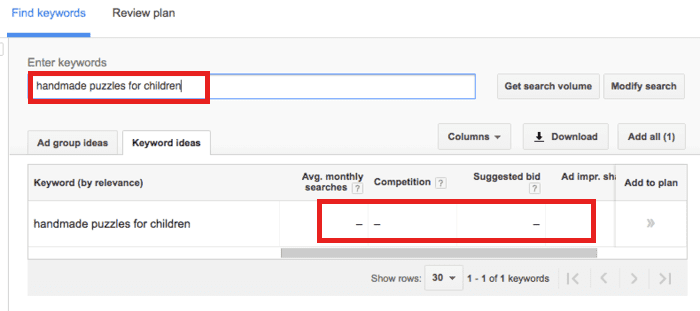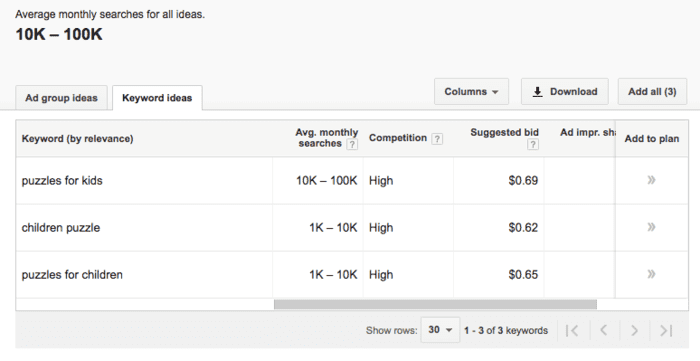Niche Marketing: How to market for niche markets and small customers
Standing in a competitive market where your business isn’t really standing out, or your brand operates in a niche market with a small target audience? If you’re in either of these situations, then you should know that reaching your target audience isn’t easy. And this is precisely why you should utilize niche marketing.
What is Niche Marketing?
Niche Marketing is all the marketing strategies aimed at attracting and converting customers from a specific market segment where those customers have unique interests and needs (Marketing to the niche market).
The main difference between niche marketing and other types of marketing is that it uses highly personalized messaging and selective targeting.
To truly understand what niche marketing is, we first need to understand the definition of a niche market.
In simple terms, a niche market is a small segment, specifically defined from a larger market. What makes a niche market more defined than a larger market is that it has distinct needs, preferences, and characteristics.
A classic example is FreshBooks. Although it’s an accounting software like many other business software, they narrowed down their market to target small businesses and freelancers.
Advantages of Niche Marketing
Choosing a niche market has many advantages over targeting a broad market. Let’s explore some positive aspects of niche marketing.
Helps you precisely target the intended audience
Niche marketing means narrowing your focus to only reach relevant customers. As a result, you can stand out as a brand on the market with strategies designed for those who are most likely to be interested in your product or service.
Can help optimize your marketing budget
Instead of spending money to reach a wider audience, where you might get fewer conversions, focusing on a niche market allows you to target a specific segment that is more likely to desire your product or service. As a result, you can minimize marketing expenses while achieving better conversions.
Reduces competition
Targeting a specific market segment might mean fewer potential customers, but it also means less competition. While most brands target a broad market, niche marketing allows you to market your product or service to a specific group. As your business becomes more specialized, you’ll have fewer direct competitors.
7 Strategies for Using Niche Marketing to Reach Small Audiences
Let’s explore seven niche marketing strategies that can help you attract and convert small, hard-to-reach audiences.
-
Use Broad Keywords
Using broad keywords might seem strange, as we often think that targeting specific keywords will bring more valuable traffic. However, using specific keywords for the niche market might not drive much traffic to your website.
The key to effective SEO is understanding the search phrases your target audience commonly uses.
Search phrases they use might include natural language and not necessarily specific keywords. This is why these types of keywords often have very low search volume. Here’s an example of a specific keyword, “handmade puzzles for children,” and the search volume for that keyword:

No one searches for “handmade puzzles for children.” That doesn’t mean there’s no demand – the issue is in the keyword used.

Using broader keywords can help you attract more traffic to your website. And those searching for handmade puzzles might be among that broader audience.
When planning your niche market SEO strategy, carefully research keywords. Prioritize broader keywords over highly targeted ones.
-
Conduct Comprehensive Audience Research
Niche marketing poses a bit more of a challenge than general marketing because your target audience has unique needs. You need to understand what they want and how they want your product or service delivered.
To do this, you must conduct extensive audience research for the niche market by: Listening to social media users: Use social listening tools to track what people are saying about your brand, product, or service. This helps you understand what they’re looking for from brands like yours. Analyzing competitor strategies: See which target audience your competitors are approaching and how they interact with them. Developing customer personas: Create ideal customer profiles to understand your audience better.
Since your target audience has unique needs and preferences, you’ll need to research multiple audiences to understand how best to approach them. Researching these audiences also helps you understand their pain points and how best to address them.
-
Choose Platforms Carefully
When trying to reach a specific, small target audience, you need to identify the social media platforms they use most frequently.
As a business owner, you must carefully select platforms for your organization.
For example, research shows that millennials are more likely to engage with Facebook when it comes to social media. On the other hand, Gen Z prefers Snapchat.

With a niche market strategy, you don’t need to be present on every platform. Focus your efforts on the platforms your audience uses most frequently. Ask yourself questions like:
Where do they shop? How do they find products? Which social media channels do they prefer?
Answers to these questions will help narrow down the platforms you need to use for effective communication with your target audience. Then, tailor your content accordingly for each platform.
Carefully choosing platforms for outreach helps maximize your marketing budget. You can concentrate your resources and efforts on platforms that provide a better return on advertising spend (ROAS).
-
Analyze Competitor Strategies
When it comes to marketing, especially niche marketing, your competitors can be your best resource as you can learn a lot from their marketing strategies. For instance, you can gain detailed insights into:
Your audience The market Strengths and weaknesses of your competitors
The first step in analyzing competitor strategies is to identify who they are. From there, pay attention to:
Keywords they’re targeting Content platforms they use How they interact with their audience How they convey their message
Leverage your competitors to gather as much information as possible. This can help you adjust your niche marketing strategies accordingly.
-
Develop Brand Loyalty
Loyal customers are invaluable to your business. They can be your brand advocates and influence new customers to consider your products or services.
To develop brand loyalty within your niche market, focus on providing excellent customer experiences. This includes:
Delivering on promises: When you make a promise to customers, ensure you follow through. If you promise high-quality products, don’t deliver anything less. Engaging with customers: Respond to customer inquiries and comments on social media and other platforms. This helps customers feel valued and heard. Offering exceptional customer service: Be attentive to customer needs and address any issues promptly and effectively.
Beyond these basic principles, find ways to surprise and delight your customers. Consider implementing a loyalty program that rewards repeat purchases. This can create a sense of community around your brand and encourage customers to continue engaging with you.
-
Position Yourself as an Authority
To succeed in niche marketing, you must position yourself as an authority within your niche market. When you establish yourself as an authority, customers are more likely to trust your brand and value your expertise.
Here’s how you can position yourself as an authority in your niche:
Create valuable resources: Publish blog posts, videos, webinars, or other content that provides valuable information to your target audience. This helps establish you as a knowledgeable source. Share insights and advice: Offer advice and insights related to your niche on social media platforms and online forums. By providing helpful information, you can become a go-to resource for your audience. Participate in conversations: Engage with your audience in meaningful conversations. Respond to comments, answer questions, and provide solutions to problems they’re facing.
Positioning yourself as an authority takes time and effort, but it can pay off by building trust and credibility within your niche market.
-
Leverage Free Marketing Channels
When operating within a niche market, it’s important to make the most of free marketing channels. These channels allow you to reach your target audience without spending money on advertising.
Some effective free marketing channels include:
Social media: Use platforms like Facebook, Instagram, Twitter, and LinkedIn to engage with your audience and share valuable content. Content marketing: Create high-quality blog posts, videos, infographics, and other content that resonates with your target audience. Email marketing: Build an email list and send targeted emails to your subscribers with relevant information and offers. Networking: Attend industry events, webinars, and conferences to connect with others in your niche and build relationships.
Leveraging these free marketing channels can help you establish your brand within your niche market and reach your target audience without a significant budget.
Conclusion
Niche marketing is a powerful strategy that allows you to stand out in a competitive market by targeting a specific segment with unique needs and preferences. By using strategies like broad keywords, comprehensive audience research, careful platform selection, competitor analysis, brand loyalty development, authority positioning, and leveraging free marketing channels, you can effectively reach and engage your niche audience.
Remember, success in niche marketing requires a deep understanding of your target audience and a commitment to delivering value and building relationships within your niche market. With the right approach, niche marketing can help you create a strong brand presence, foster customer loyalty, and drive business growth.
Source: https://neilpatel.com/blog/niche-marketing/
Metta Marketing
Top brand strategy consultant










